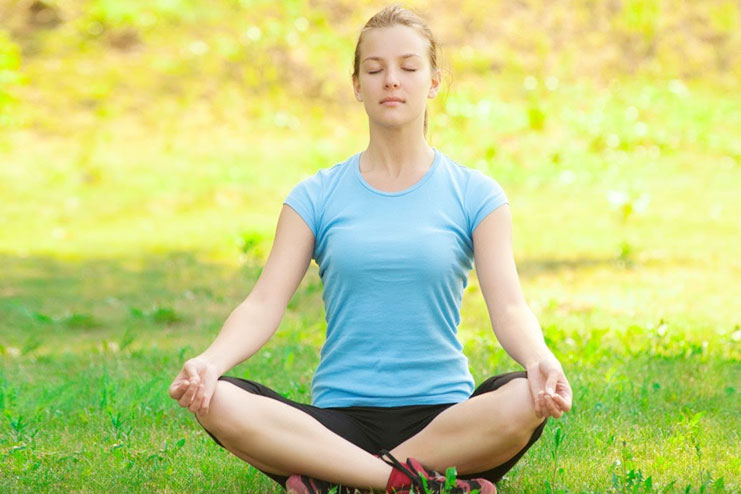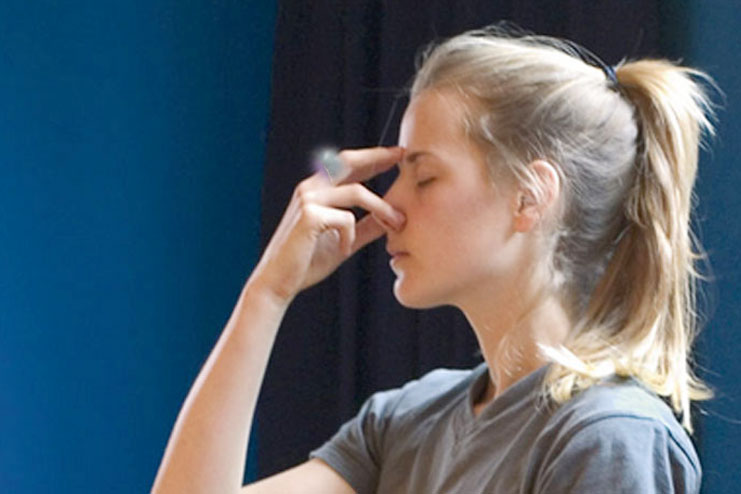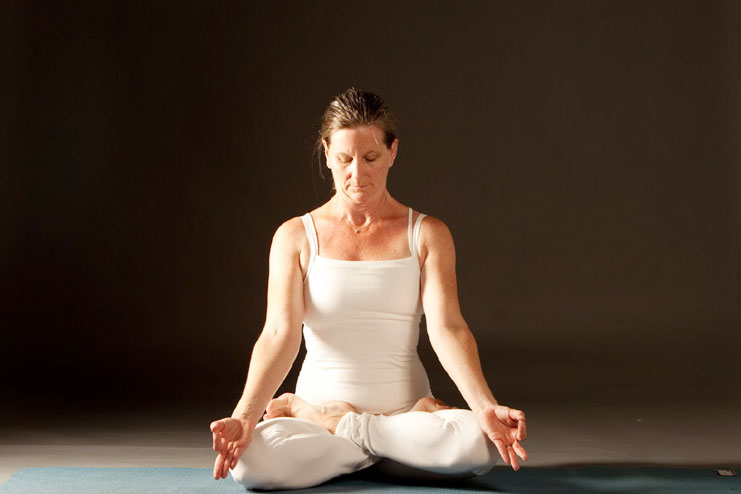Affiliate Disclaimer
Some links in this article are affiliate links. We may earn a small commission if you make a purchase through these links, at no extra cost to you. We only recommend products we find useful to our readersYoga is one of an amazing forms of soul stirring workout, connecting our mind and body. One of the basic forms of yoga is breathing exercises. So here are some breathing easy yoga workouts that you can try at home and live a healthy life.
Easy Yoga Workout
1. Kumbhaka Pranayama or Breath Retention
- The application of both the Jalandhara (Jalandhara is the practice of bending the head forward and then pressing the chin against its throat into the gap in between the collar bones) and Mula Bandhas (Mula Bandha is basically the root lock where you can contract the muscles at the bottom of your pelvic floor, that is, behind the cervix) is required for practising Antara Kumbhaka (Antara kumbhaka can known as an Internal Retention – Antara generally means internal, pranayama means breathing technique as well as the retention means kumbhaka or even holding your breath) and in addition feel the rib case gently “huging” the lungs.
- Establish the Sama Vritti Ujjayi. To begin, apply these two bandhas as you near to the end while inhaling, and retain to the breath for two OMs. Then gently try to squeeze the ribs against your expanded lungs. While exhaling, concurrently release Mula Bandha and, when it is finished, raise the head to neutral. Don’t perform Kumbhaka on the successive breaths; take at least two to three Ujjayi breaths before the next retention.
- In general the first Kumbhakas (Kumbhaka is basically the pause between an inhale and exhale while doing yoga) must be one-third to one-half of the length of the Sama Vritti count. Practice this level until you are completely comfortable, which can take several weeks or even longer.
- Then while gradually reducing the number of Ujjayis between the Kumbhakas until you can retain your breath for two OMs comfortably on the successive inhales for about five minutes. Next try to increase the Kumbhaka to three OMs, but again separate them to two to three Ujjayis. Again while gradually reducing the Ujjayis until you can also comfortably retain for three OMs on the successive inhales for at least of five minutes.
- Now, while proceeding methodically until the Kumbhaka count matches the Sama Vritti count. Try not to go any further without any direct guidance from an experienced teacher.
Best Yoga For Weight Loss And Toning For Abs
Benefits:
- It can help to extract maximum energy from the inhaled breath or antara.
- It can help to quiet the brain and draws awareness from inside, toward the Self.
Caution:
- Always remember to avoid Kumbhaka if you have high blood pressure
2. Nadi Shodhana Pranayama or Channel Cleaning Breath
- First sit quiet comfortably in the asana pose and make Mrigi Mudra ( Mrigi mudra is the yogic breathing technique or the pranayamas. It resembles the deer). Beginning students of pranayama can have difficulty holding the raised arm into the position for a length of practice. You can also put a bolster across the legs and use it to support the elbow.
- Gently close the right nostril with the thumb. Try to inhale through your left nostril, then immediately close it with the ring-little fingers. Open and then exhale slowly through the right nostril.
- Remember to keep the right nostril open, while inhaling, close it, and open and exhale slowly through the left nostril. This is one type of cycle. Try to repeat three to five times, then while releasing the hand mudra, go back to the normal breathing.
- Traditionally, this Nadi Shodhana (Nadi Shodhana, also known as an alternate nostril breathing, is an amazing powerful breathing practice with has wide reaching benefits. Nadi is a Sanskrit means “channel” or “flow” and shodhana means “purification.”) mostly include breath retention, as well as fixed ratio breathing, and also repetition of certain types of “seed” mantras. For the beginning pranayama students, it’s best to focus only onto the inhales as well as exhales.
Benefits:
- It can help to lower the heart rate and reduce the stress as well as anxiety
- It is said to synchronize the two types of hemispheres of the brain
- It can help to purify the subtle energy channels of the body, so the prana flows more easily during the pranayama practice
Caution:
- Remember to approach this practice of all the bandhas and the body mudras cautiously, especially if it is without the direct guidance of a teacher.
Easy-To-Do Yoga Poses For Weight Loss
3. Ujjayi Pranayama or Conqueror Breath
- Ujjayi (Ujjayi is basically a diaphragmatic breath, which can help to fill the lower belly, that is, activate the first and second chakras, then rise to the lower rib cage, that is, the third and fourth chakras, and finally moves into the upper chest and throat) is specially known for its soft hissing sound that the breather make by directing the inhales and the exhales over the back of the throat.
- While inhaling through the nose, exhale slowly through a wide-open mouth. Then, while directing the out-going breath slowly across the back of the throat with a drawn-out HA sound. Remember to repeat it several times, then close the mouth. Now, as you inhale and exhale through the nose, direct the breath again slowly across the back of the throat. Ideally, this can create, and you can hear, a soft hissing sound.
- This sound, is called ajapa mantra, serves three types of purposes: it can help to slow the breath down, to focus on the awareness onto the breath and prevent the mind “wandering,” and to regulate, by monitoring and adjusting the evenness of the sound, and the smooth flow of breath.
- Always start with a five to eight minutes of practice, gradually increasing the time to ten to 15 minutes. When it is finished then return to the normal breathing for a minute or two, lie down in Shavasana (Corpse Pose) for a few minutes.
- Ujjayi is also the foundation of many other types of techniques; e.g., ratio breathing, digital pranayama, swara yoga (swara yoga is a science which is realization of cosmic consciousness through control and manipulation of breath), retention along with the two bandhas.
Benefits:
- It can help to calm the brain
- It can help to slow and smooth the flow of breath
Caution:
- Always be careful to not tighten the throat





















































